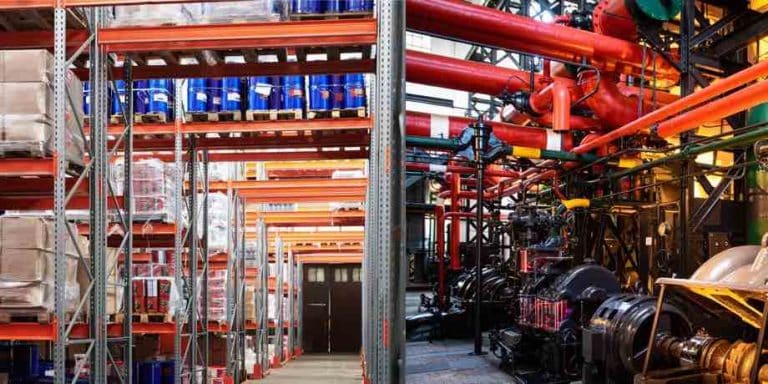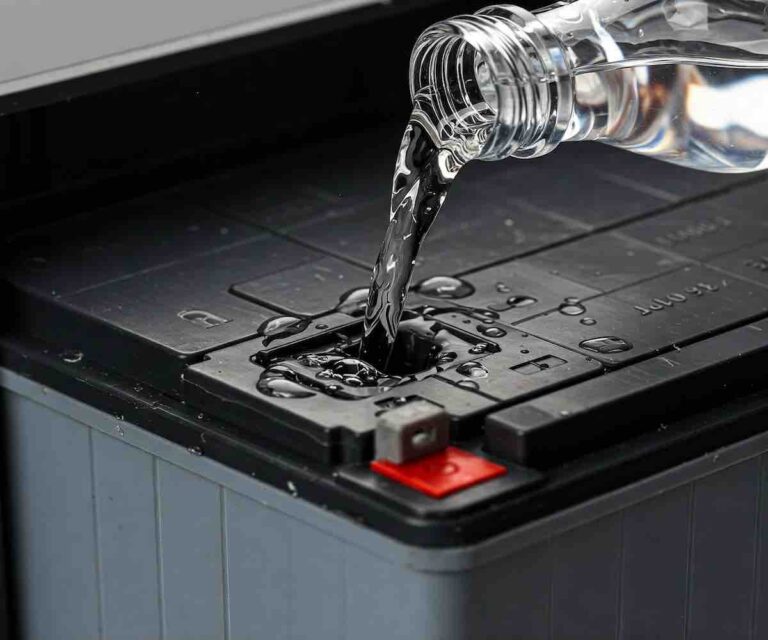DIY vs. Pro: When to Tackle Coolant Maintenance Yourself
Introducing Coolant Maintenance
Maintaining your vehicle’s coolant system is essential for ensuring it operates efficiently and has a long service life. Coolant maintenance, including tasks such as topping up the coolant level and flushing the system, can sometimes be performed at home by a DIY enthusiast. However, there are circumstances when these tasks are best left to professionals. This guide will help you decide whether to tackle coolant maintenance yourself or seek professional help, considering the necessary tools, skills, and safety precautions.
Understanding Coolant Maintenance
Basic Coolant Checks and Top-Ups
One of the simplest maintenance tasks is checking and topping up the coolant. This process involves:
- Checking the Coolant Level: This should be done regularly, as low coolant levels can lead to engine overheating and severe damage.
- Topping Up the Coolant: If the level is low, coolant can be added to the reservoir to the marked level. It’s crucial to use the correct type of coolant as specified in your vehicle’s owner’s manual to avoid chemical mismatch, which can degrade the coolant’s effectiveness.
Tools and Materials Needed:
- The coolant type recommended by the vehicle manufacturer
- Gloves and safety goggles
- Funnel
- Clean rag
Skills Required:
- Basic understanding of vehicle components
- Ability to identify the coolant reservoir
- Knowledge of the type of coolant your vehicle requires
Safety Precautions:
- Ensure the engine is cool before opening the coolant reservoir to prevent burns from hot coolant or steam.
- Wear protective gloves and goggles to avoid skin and eye contact with toxic coolant.
This task is generally safe and easy to perform independently if you follow the vehicle’s maintenance guide and take the appropriate safety measures.
Flushing the Coolant System
When to Consider a Coolant Flush
A coolant flush involves replacing old coolant, not just topping it off. This is recommended based on the vehicle manufacturer’s specified intervals or if the coolant is dirty or contains particles. Flushing helps maintain the cooling system’s efficiency and prevents overheating and corrosion.
Tools and Materials Needed:
- Garden hose or other source of clean water
- Coolant flush solution (if recommended)
- New coolant
- Collection pan to catch old coolant
- Funnel
- Various wrenches
Skills Required:
- Comprehensive understanding of the vehicle’s cooling system
- Ability to safely dispose of old coolant
Safety Precautions:
- It is the same as basic checks, emphasizing proper disposal of old coolant to protect the environment.
Flushing the coolant system is more complex than topping up and can be risky if not done correctly. Missteps can lead to air pockets in the system, which may cause the engine to overheat.
Deciding Between DIY and Professional Coolant Maintenance
While DIY coolant maintenance can be economical and satisfying, it’s important to evaluate whether you have the skills and tools required to complete the task without compromising your vehicle’s functionality or your safety.
Complexity of Modern Cooling Systems
Modern vehicles often feature complex cooling systems with specific maintenance protocols. These systems may include hybrid technologies, advanced thermostatic controls, and sensors that require precise handling. Here’s how to assess whether to DIY or call a pro:
- DIY: If the task involves basic inspection, topping up, or straightforward flushes, and you have done these before or are mechanically inclined, DIY can be a viable option.
- Professional Help: If your vehicle has a complex system, requires special tools, or you are still determining the process, professional service is recommended. This is especially true for vehicles under warranty, as incorrect handling could void the warranty.
Benefits of Professional Coolant Service
Professionals have the right tools and expertise and understand the nuances of different cooling systems, which can significantly differ even among models from the same manufacturer. Professional servicing ensures:
- Correct Coolant Disposal: Professionals follow environmental guidelines to dispose of old coolant containing ethylene glycol, a toxic substance.
- System Check-Up: A professional can perform a comprehensive check-up of the cooling system, identifying leaks or worn hoses that might not be apparent to the untrained eye.
- Warranty Compliance: Adhering to professional servicing helps maintain your vehicle’s warranty, providing peace of mind and value retention.
Tools and Considerations for DIY Enthusiasts
If you decide to take on coolant maintenance yourself, consider these essential tools and factors:
Essential Tools:
- Coolant Tester: To check the specific gravity of the coolant, which helps determine its condition.
- Thermostat: Knowing how to check and replace a thermostat can be useful, as it often needs to be removed during a flush.
- Pressure Tester: This tool can help detect leaks in the cooling system that need to be addressed before a flush.
Considerations:
- Time Commitment: DIY coolant maintenance can be time-consuming. Ensure you have adequate time to perform the task without rushing.
- Learning Curve: If you are new to automotive maintenance, consider starting with simpler tasks and working up to more complex ones like a coolant flush.
Safety Tips:
- Chemical Safety: Coolant is toxic, and its fumes can be harmful. Always work in a well-ventilated area.
- Equipment Handling: Familiarize yourself with how to safely use the tools required for flushing the coolant system.
Final Steps and Advanced Considerations
Planning and precision are crucial if you’ve decided to undertake DIY coolant maintenance. Here are some advanced tips and final thoughts to ensure success and safety:
Advanced DIY Tips
- System Bleeding: After flushing and refilling the coolant, it’s crucial to bleed the system to remove any air pockets, which can cause overheating. This often involves running the engine with the heater on high after the service.
- Check for Consistency: Post-maintenance, monitor the coolant level and engine temperature closely for a few days to ensure there are no leaks and the coolant is circulating correctly.
- Seasonal Adjustments: Be aware of the coolant’s antifreeze properties, especially in a region with severe winters. Ensure the coolant you use is apt for the expected temperature ranges.
When to Choose Professional Help
- After Overheating Incidents: A professional inspection is crucial to assess any potential damage to the cooling system or engine if your vehicle has recently overheated.
- Complex System Alerts: If your vehicle’s dashboard indicates a cooling system fault, professional diagnostics equipment may be needed to pinpoint and resolve the issue.
- Hybrid or Electric Vehicles: These vehicles often have unique cooling systems designed for battery and electronic component management, requiring specialized knowledge.
Answered Calls to Action from the Tech Team At Epoxy Oilserv Nigeria
- Unsure About DIY Coolant Maintenance? Contact Epoxy Oilserv at sales@epoxyoil.com for expert advice on tackling coolant maintenance yourself or opt for professional service.
- Need the Right Tools and Supplies? Visit Epoxy Oilserv to explore a wide range of coolant maintenance tools and high-quality coolant products tailored to your vehicle’s needs.
- Looking for Professional Coolant Services? Epoxy Oilserv offers comprehensive coolant system services, including system checks, flushes, and refills, to keep your vehicle running smoothly and efficiently.
- Concerned About Environmental Impact? Rely on Epoxy Oilserv for environmentally responsible coolant disposal and recycling services. Ensure your maintenance practices contribute positively to environmental sustainability.
- Want to Learn More About Coolant Maintenance? Stay informed with the latest in coolant technology and maintenance tips by following Epoxy Oilserv. We provide up-to-date information and educational resources for all vehicle owners.
For further inquiries, coolant purchases, or to schedule a professional coolant service, please contact Epoxy Oilserv Nigeria at sales@epoxyoil.com or visit our website at epoxyoil.com. Whether you’re a DIY enthusiast or prefer professional care, we are here to support all your coolant maintenance needs!




